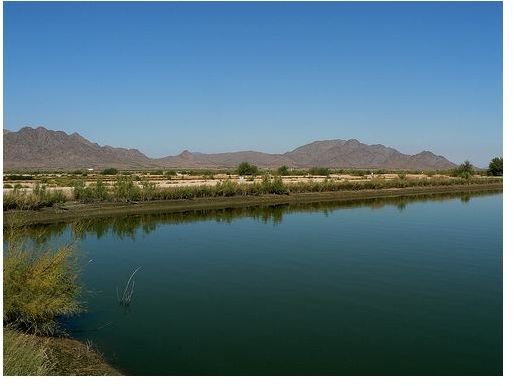Desert Sugarcane Best Hope for Sweet Biofuels from American West
Sustainable Biofuel Production Relies on Location
With biofuels being researched these days, it’s no question why it’s so important to grow them in an environment that’s most efficient as well as suitable.
An ideal place, of course, is in the southwest. It provides for great growing conditions for plants. One main reason for this is the fact they get plenty of sunlight. This allows plants the ability to grow year long or to grow off-sequence in other parts of the country. Basically, 95% of the countries vegetables can still grow in the southwestern region in the winter time, where in other areas of the country, this is not possible. So conditions in this area are ideal for biofuel production.
Also, biofuel transports are to remain local, because it just would not make any sense to transport the fuel long distances. So, it would be feasible to utilize the fuel closer to where it’s being produced. Transport by truck is also a logical move, because if traditional ethanol which can be extracted from petroleum, is transported from the Gulf of Mexico pipelines, there is a tendency for seawater to leak in. Of course, regular petroleum does not mix with water, but ethanol does and that would be problematic. This would mean that transport must by done by vehicle. This would also save on transport and fuel costs.
Desert Sugarcane - Sorghum
In order to do well in arid desert environments, sugar cane, particularly sweet sorghum, is the biofuel choice of the southwestern region. It does not require as much water. It grows to around 3-4 meters, has the ability to reach its full height in 110-120 days, and can produce a significantly ample supply of ethanol. In comparison with corn, it can yield 500-600 gallons of ethanol whereas corn can produce only 300 gallons per acre.
The ethanol process for sweet sorghum is a one step process, where as corn producing ethanol from corn is a 2 step process. With corn, one has to process the sugar from starch, but with sugar cane, it already yields its own sugar.
Algae Farms Offer Experimental Biomass Production
With algae there has been an issue of growing this biofuel producer in an enclosed area. Any organization in any loation in the country has the ability to do this. The issue here is the issue of cost. So, that being said, there is this competition with petroleum which can simply pump oil out of the ground, whereas there is a costly infrastructure to grow algae for biofuel in an building.
Another option is to grow algae for biofuel in the oceans, however, the outcome will result in an uncontrollable and varied species of algae that will produce disorganized results. For one, there are some algae that produce more biofuel than others, but with an environment that has the ability to do otherwise, this is where the southwestern region of the United States comes into play.With high amounts of solar radiation, high temperatures and warm nights, the infrastructure replaces that of an indoor environment. So it is naturally occurring. This is an area where both requisites are satisfied. Growth of algae in an outdoor area and then the ability to grow only one species of desired algae for biofuel.
There is a shrimp farm located near Gila Bend in Arizona. The owner of Desert Sweet Shrimp, Gary Wood, has stated that they’re using their shrimp producing facility to also attempt to produce biofuel from their facility waste materials.
First, the farm waste that is gathered up, such as wood chips and straw and have it heated. This creates hydrogen monoxide and hydrogen. Next, these fumes or gases are channeled into a device which then is responsible for power production. Finally, the emissions are then pumped into the algae ponds so that they may grow quicker. Later, the biomass in the oven, also known as biochar, becomes a kind of fertilizer. Finally, the algae is then pressed for oil extraction and used as biofuel.
This is a different method they’ve devised that is unique to other methods of algae to biofuel production.
Source References
U.S. News - Science: Focus on Fuels: Developing Sustainable Biofuel Crops
Blue Living Ideas Can Desert Shrimp Farming Rise Up Against Climate Change?
